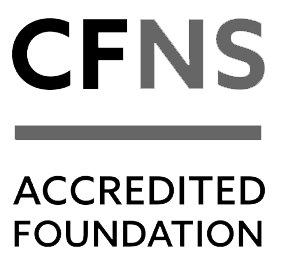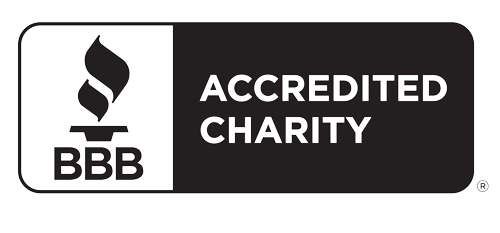We all know a new year and new administration can bring lots of changes, so as a professional advisor, what do you need to know about to best serve your charitable clients?
At the top of the list of issues we’re watching is what might happen with the Tax Cuts and Jobs Act (TCJA) of 2017. The TCJA introduced several changes that significantly impacted charitable giving in the United States. These changes are set to expire at the end of 2025, and their potential extension factors into charitable planning techniques.
You’ll no doubt recall that the TCJA lowered individual income tax rates, which in turn decreased the tax savings for each dollar donated, making charitable contributions slightly less attractive from a tax perspective. What’s more, TCJA provisions nearly doubled the standard deduction (in 2025, the standard deduction is $15,000 for single filers and $30,000 for a married couple filing jointly). This increase led to a dramatic reduction in the number of taxpayers who itemized their deductions.
In addition, the TCJA roughly doubled the estate tax exemption, which has reached $13.99 million per person for 2025. The higher exemption has diluted purely tax-driven motivations for charitable giving among wealthy clients. With fewer estates subject to tax, advisors are working with a smaller pool of clients for whom charitable bequests are useful techniques for reducing taxable estates.
Despite these changes to tax benefits, studies have shown that most donors are motivated by factors beyond tax savings. Reasons for giving include a sense of duty to give back to society, a desire to tackle inequality, personal passions for charitable causes, religious beliefs, and dedication to supporting those less fortunate. Your clients who give to charity benefit emotionally from their gifts, and of course, they like knowing they are helping others and strengthening community ties. While tax benefits are part of a client’s decision-making process, they’re likely a secondary consideration. Keep this in mind as tax developments unfold.
Though TJCA provisions are set to expire at the end of 2025, it’s too soon to determine exactly how you should advise your clients about their charitable planning strategies. Note three potential outcomes of tax policy developments this year:
- If lawmakers extend the current TJCA provisions, existing charitable giving patterns are likely to continue, with an ongoing reduction in overall donations due to a higher standard deduction and estate tax incentives that motivate only ultra-affluent clients.
- If the TCJA’s provisions expire without replacement and the tax code reverts to pre-TJCA rules, it could lead to an increase in charitable giving as more taxpayers return to itemizing deductions and face higher marginal tax rates. In addition, a lower estate tax exemption would create a strong incentive for more of your clients to pursue lifetime and legacy gifts to charity to reduce taxable estates.
- New tax legislation could introduce different incentives for charitable giving. For example, the proposed Charitable Act aims to create a universal charitable deduction, which could encourage giving across all income levels. For an uplifting read that includes compelling points about the role of the nonprofit sector and the history of charitable giving, check out this letter that was issued late last year to congressional leaders urging them to enact a charitable deduction for taxpayers who do not itemize.
Of course, we’ll keep you posted! In the meantime, we welcome opportunities to strategize about individual client situations. The team at the NoCo Foundation is here to help you structure charitable plans to empower clients to achieve their philanthropic goals, with or without a tax deduction.







